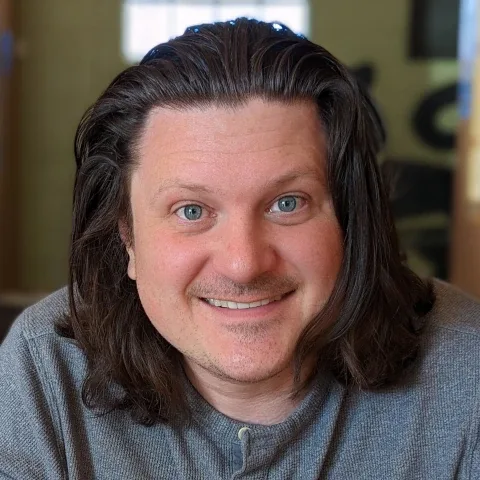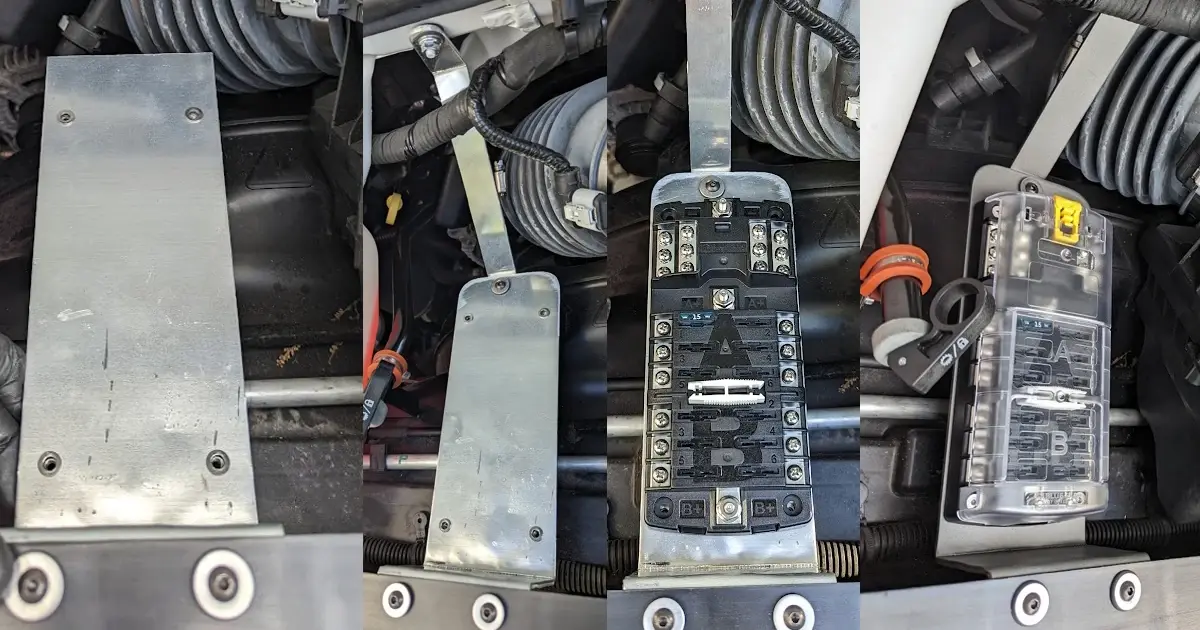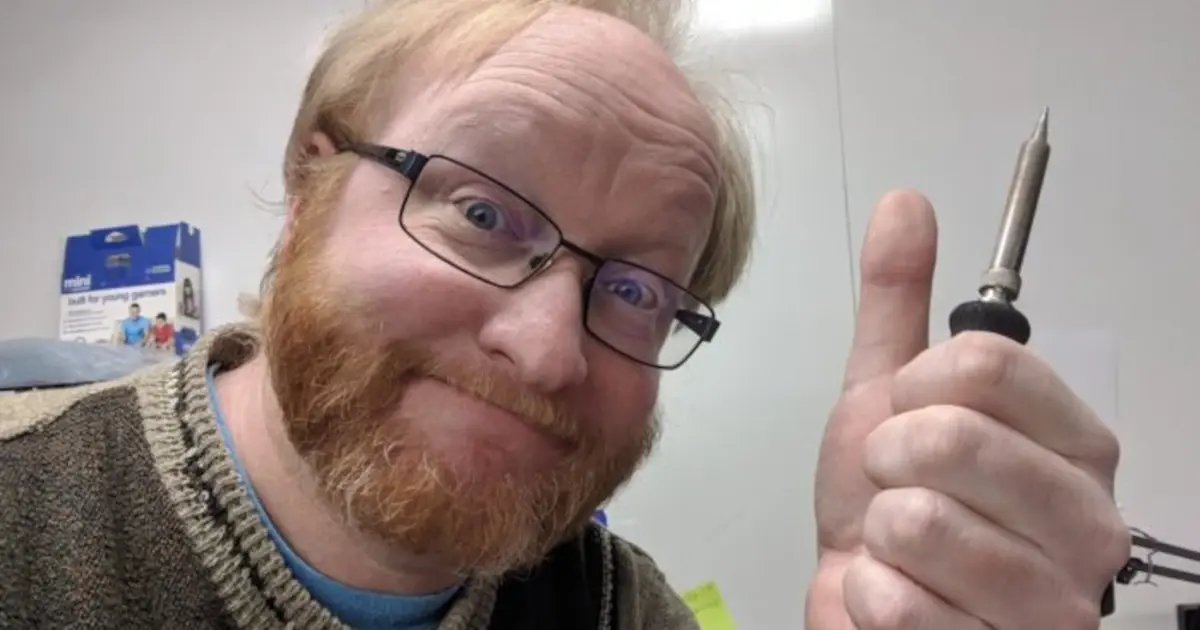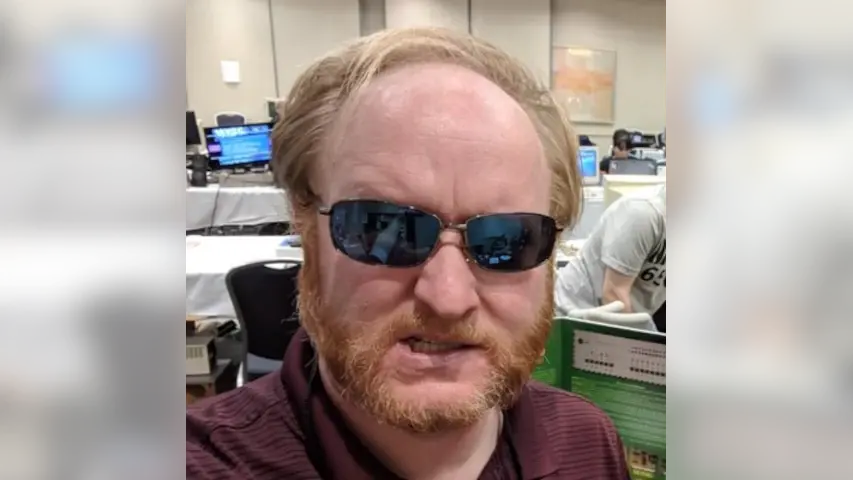Related Topics
Starting From The Beginning
When did you start listening to the podcast? Have a favorite episode? Let Stephen and Parker know which is your favorite.
Has Open Source Hardware Run Its Course?
Ben Heckendorn and Chris Kraft rejoin the podcast to discuss if Open Source Hardware has run its course or is the dream still alive in our souls.
Ben Heck and the PinoTaur
Benjamin Heckendorn rejoins the podcast to discuss Pinball Hardware and Text Adventure Games.
Other Resources
Circuit Break Podcast
Webinars
Videos
Tour MacroFab's ITAR-Compliant Facility
January 2, 2019, Episode #153
- Benjamin Heckendorn
- An electronics hacking entertainment guru
- Former host of Element 14’s “ The Ben Heck Show”.
- Chris Kraft
- A tinkerer currently working as a software engineer in the financial services industry
- Extensive background in 3d printing and building anything that seems interesting
- Past two years
- Both where last seen on Episode 75: Does the simulation match reality?
- Ben has moved on from hosting “The Ben Heck Show”
- Chris has been experimenting with SLA resin printers
- Hangprinter
- A very simplified explanation is you take a delta printer but instead of having the three motors that are attached to the side frame you instead locate those motors wherever and have wires/cables/etc that run up to points that you mount
- Some videos that show how it works
- The first new/interesting thing Chris has seen in awhile
- Project is open source so people are free to contribute and find ways to improve the design
- One thing I feel is potentially a missed opportunity is the focus is on making it cheap
- ODrive
- Designed to give motor control to hobby grade brushless DC motors instead of stepper motors
- Hackaday.io project
- New Makerbot printer named “Method”
- Non-heated bed is a “feature”?
- Latest design seems to prefer technologies that Stratesys can or already has patented
- Consider the humble Luffa
- For a long time manufacturing has mostly used subtractive techniques
- Until recently most manufacturing was about taking raw materials and cutting, bending, etc into the desired pattern
- Look at that infill
- Additive manufacturing is really different when you think about the possibilities
- What if we could use CRISPR to “reprogram” plants to produce other things? Like growing a replacement organs, body parts or something else completely?
Visit our Public Slack Channel and join the conversation in between episodes!
About the Hosts

Parker Dillmann
Parker is an Electrical Engineer with backgrounds in Embedded System Design and Digital Signal Processing. He got his start in 2005 by hacking Nintendo consoles into portable gaming units. The following year he designed and produced an Atari 2600 video mod to allow the Atari to display a crisp, RF fuzz free picture on newer TVs. Over a thousand Atari video mods where produced by Parker from 2006 to 2011 and the mod is still made by other enthusiasts in the Atari community.
In 2006, Parker enrolled at The University of Texas at Austin as a Petroleum Engineer. After realizing electronics was his passion he switched majors in 2007 to Electrical and Computer Engineering. Following his previous background in making the Atari 2600 video mod, Parker decided to take more board layout classes and circuit design classes. Other areas of study include robotics, microcontroller theory and design, FPGA development with VHDL and Verilog, and image and signal processing with DSPs. In 2010, Parker won a Ti sponsored Launchpad programming and design contest that was held by the IEEE CS chapter at the University. Parker graduated with a BS in Electrical and Computer Engineering in the Spring of 2012.
In the Summer of 2012, Parker was hired on as an Electrical Engineer at Dynamic Perception to design and prototype new electronic products. Here, Parker learned about full product development cycles and honed his board layout skills. Seeing the difficulties in managing operations and FCC/CE compliance testing, Parker thought there had to be a better way for small electronic companies to get their product out in customer's hands.
Parker also runs the blog, longhornengineer.com, where he posts his personal projects, technical guides, and appnotes about board layout design and components.

Stephen Kraig
Stephen Kraig is a component engineer working in the aerospace industry. He has applied his electrical engineering knowledge in a variety of contexts previously, including oil and gas, contract manufacturing, audio electronic repair, and synthesizer design. A graduate of Texas A&M, Stephen has lived his adult life in the Houston, TX, and Denver, CO, areas.
Stephen has never said no to a project. From building guitar amps (starting when he was 17) to designing and building his own CNC table to fine-tuning the mineral composition of the water he uses to brew beer, he thrives on testing, experimentation, and problem-solving. Tune into the podcast to learn more about the wacky stuff Stephen gets up to.
Special thanks to whixr over at Tymkrs for the intro and outro!
Related Podcasts

Has Open Source Hardware Run Its Course?
Ben Heckendorn and Chris Kraft rejoin the podcast to discuss if Open Source Hardware has run its course or is the dream still alive in our souls.

Starting From The Beginning
When did you start listening to the podcast? Have a favorite episode? Let Stephen and Parker know which is your favorite.

Ben Heck and the PinoTaur
Benjamin Heckendorn rejoins the podcast to discuss Pinball Hardware and Text Adventure Games.
About MacroFab
MacroFab offers comprehensive manufacturing solutions, from your smallest prototyping orders to your largest production needs. Our factory network locations are strategically located across North America, ensuring that we have the flexibility to provide capacity when and where you need it most.
Experience the future of EMS manufacturing with our state-of-the-art technology platform and cutting-edge digital supply chain solutions. At MacroFab, we ensure that your electronics are produced faster, more efficiently, and with fewer logistic problems than ever before.
Take advantage of AI-enabled sourcing opportunities and employ expert teams who are connected through a user-friendly technology platform. Discover how streamlined electronics manufacturing can benefit your business by contacting us today.

